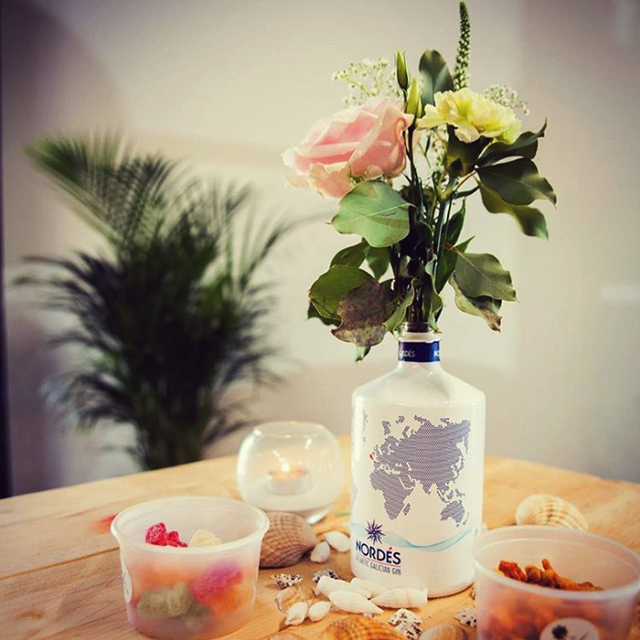Gin is a distilled alcoholic drink whose base spirit is normally ethanol of agricultural origin, derived from grains, sugar beet, etc. The distillation process for gin takes place in stills. These are traditionally made from copper, although nowadays we also see stainless steel ones. Here, the alcohol is boiled to become vapour, along with essences and botanicals.
The vapour then passes through a condenser, becoming a liquid again, before leaving the still. That’s how gin is made! Did you know that gin must have juniper involved in its recipe to be classified as a gin?
Juniper berries
Juniper berries are the fruit of a small tree or shrub (Juniperus communis), a conifer similar in appearance to a cypress, which grows upwards in cooler regions, such as certain parts of North America and Europe. These berries are initially green, ripening in around a year and a half to their characteristic purple colour, which is when they are picked.
They have been used since Roman times for their medicinal benefits, as well as for cooking. However, it has the Dutch who, in the 16th century, were the first to add them to a distilled alcoholic drink they called ‘genever’, related to the French word ‘genièvre’, meaning ‘juniper’. Genever was bottled for the first time by the Dutchman Ervin Lucas Bols in 1575.
The English who fought in the Netherlands during the Thirty Years’ War in the 17th century were so amazed at the ‘Dutch courage’ with which their brothers in arms went into battle after drinking Dutch gin that they took some back home with them, where it began to be called ‘gin’.
What does gin taste of?
Ever since becoming popular in Europe in the 17th and 18th centuries, there are almost as many types of gin as there are distilleries, although the three officially recognised gins are: Gin, Distilled Gin and London Dry Gin (in which the taste of juniper predominates).
Although the distillation process used for gin is the same, where each brand differs is in the essences, flavourings and botanicals they add. Depending on what is added, we get herbal gins, which are characterised by their use of botanicals, such as mint or rosemary; citrus gins, which offer a delicate aroma and taste of orange, grapefruit, lime, etc.; and fruity gins, where grapes, berries or other fruits are used.
So how is Nordés made?
Nordés is produced at a distillery in San Pedro de Sarandón, on the banks of the River Ulla, near Santiago de Compostela. This is an area known for its aguardientes.
The process used to make Nordés involves traditional methods passed down through generations of local artisans, as well as natural ingredients from the area. It all begins with a unique base spirit, which uses albariño grapes from the Rías Baixas. This base, which is much more complex than those commonly used in other gins, gives Nordés an unparalleled aroma right from the word go.
Add to this the aromas from the 11 natural botanicals used in the distillation process and what you get is a truly unique gin. Often, distilleries will macerate all the botanicals together in the still before distillation. However, at Nordés each botanical is macerated separately before distillation for the exact amount of time needed to achieve the intensity required.
Of the 11 botanicals used, six grow wild in Galicia, namely sage, bay leaf, lemon verbena, eucalyptus, peppermint and glasswort, a plant found in coastal regions which gives it a salty note. The result is a truly Atlantic gin.
There are hints of Galician explorers from bygone times too, with juniper, ginger, cardamom, hibiscus and black tea, which complement the perfectly balanced aromas of Nordés. The result is a complex gin which will transport you to the forests of Galicia and evoke the cool breeze of the Atlantic. This is a gin which is truly unique in the world thanks to its base spirit made using albariño grapes.














































